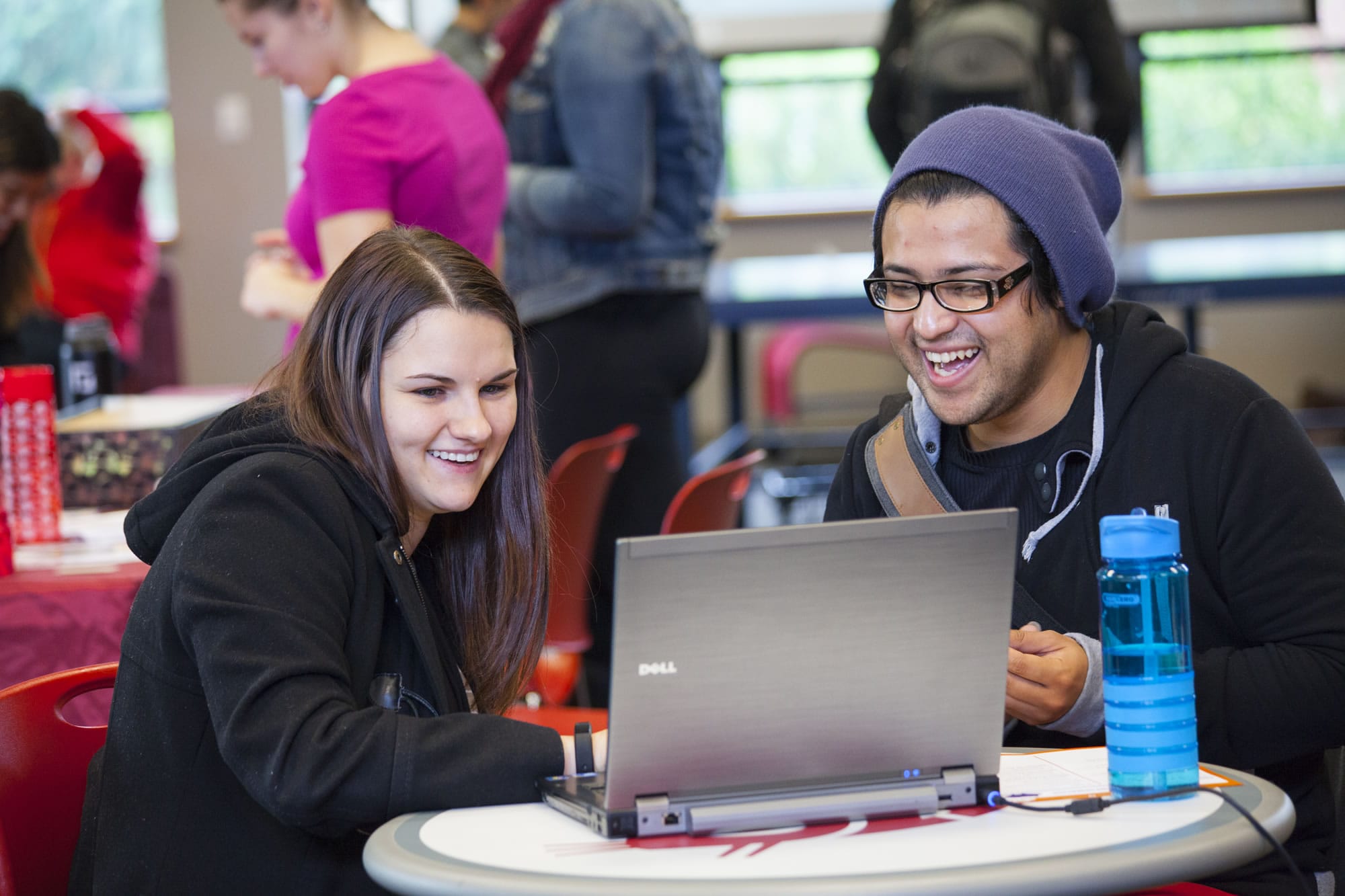According to The College Board, a nonprofit organization founded more than a century ago, a year of tuition and fees at a public school for state residents is nearly $10,000—not including housing or food. That number jumps to almost $25,000 a year for an out-of-state school and balloons again to just over $33,000 at a private college.
While a college degree can jumpstart a career in many fields, that kind of money can give high school students and their parents, or anyone looking to return to school, some serious second thoughts.
Washington State University Vancouver wants to change that way of thinking for students.
“When we talk about paying for college, it’s a funding puzzle,” said April Tovar, assistant director of Student Financial Services at WSU Vancouver. “Students and families need to be more creative than 15 – 20 years ago. They used to be able to take advantage of one thing, now they have to take advantage of several.”
“Everybody’s financial aid puzzle is different,” Brenda Alling, campus director of marketing and communications at WSU Vancouver, said. “But there is a way to complete the picture without racking up mounds of debt.”




